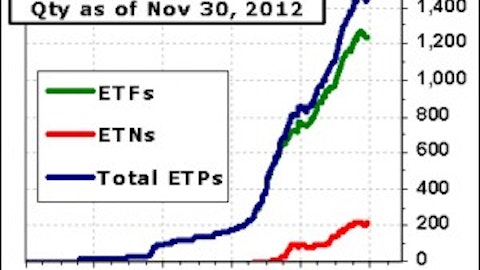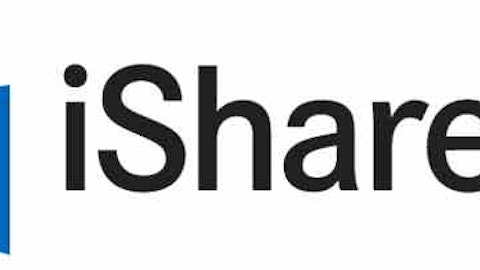Russia Starting with Russia makes sense because while the Market Vectors Russia ETF has been a laggard itself with a gain of just under eight percent, its small-cap counterpart RSXJ, has been far worse with the aforementioned 11.8 percent loss. The bottom line is Russia has been a BRIC laggard this year relative to China and India and only looks good in comparison to Brazil.
However, there are some positive signs for Russia bulls, starting with valuation. Investors have heard it all before, but the equity valuations across the BRIC nations can be described as compelling. While Russia historically trades at a discount to the broader emerging markets universe, Russian are now inexpensive relative to historical standards.
As for Russian small-caps, they are even cheaper than the large-caps. At the end of November, RSXJ had a P/E ratio of 3.4 and a price-to-book ratio of just 0.8. Earlier this year, J.P. Morgan noted Russian equities were trading at 3.6 times price to free cash flow, well below the 10-year average of 4.9.
There is also talk that Russia, in an effort to attract more foreign investment, is legitimately working to diversify its economy. That too would benefit RSXJ because by the standards of energy-heavy large-cap Russia ETFs, RSXJ is diverse. Energy names account for over a quarter of the ETF’s weight, but materials and industrial names are also on prominent display.
Additionally, the Russian government has passed a law mandating that state-owned firms start doling 25 percent of their profits in the form of dividends. Russian firms have a reputation for being highly profitable, broadly speaking, and the country’s new found affinity for dividends from state-owned firms could lead to more dividend increases from an array of firms. RSXJ’s exposure to energy, financial services and materials names positions the ETF to take advantage of that trend, implying the fund should perform better in 2013.
India In addition to SCIF and SCIN, there is another India small-cap ETF on the market, the newly minted Ishares MSCI India Small Cap Index Fund(BATS:SMIN). Over the past six months, all three have performed admirably, though SCIN and SMIN have been the better bets.
With the recent bout of weakness in Indian information technology firm Infosys, a marquee component in many India large-cap ETFs, the small-cap funds once again look like fine avenues for playing Asia’s third-largest economy.
The Indian consumer will be the story that drives the returns offered by many Indian small-caps – in either direction. There is evidence that story is starting to take hold in the way India bulls envisioned. Just look at the returns offered by the EG Shares India Consumer (NYSEARCA:INCO) and the good news the small-cap funds are levered to that story as well. Over 21 percent of SCIN’s sector allocations are direct plays on the consumer. SCIF is in the area of 20 percent while a combined 23.7 percent of SMIN’s weight goes to discretionary and staples names.
The issue is by how much will the small-cap ETFs outpace their large-cap rivals by. For example, SCIN has outperformed EPI by about 860 basis points in 2012. That is a wide chasm and that pace may be difficult to maintain two years in a row.





